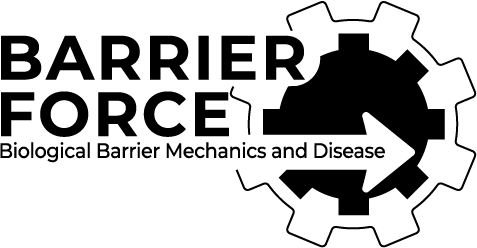Revealing the key structural features promoting the helical conformation in algal polysaccharide carrageenan in solution
Dhruvil Chavda, Debangkana Dutta, Keyur N Patel, Arun K Rathod, Waldemar Kulig, Moutusi Manna
ABSTRACT
Carrageenans are industrially important polysaccharides with tunable viscoelastic and gelation properties. The function of polysaccharide depends on its conformation and chemical composition. However, the
solution conformations of carrageenans are highly debated, and the structure-function relationship remains elusive. Here, we have studied the intrinsic conformational behavior of a series of carrageenan
hexamers in solution, using extensive all-atom classical MD and enhanced sampling. Our findings comprehensively delineate that carrageenans containing the 3,6-anhydrous bridge (κ-C, ι-C, θ-C, and non-sulfated β-C) adopt compact helical structures as their predominant conformation in solution, whereas carrageenans without the bridge (μ-C, ν-C, and λ-C) remain as extended loosely packed helices; opposing the ‘coil-to-helix’ paradigm. Glycosidic linkages access a few allowed orientations. We hypothesize that the 3,6-anhydrous bridge, irrespective of carrageenan’s sulfation pattern, is essential for stabilizing the helical conformation at the single-chain level. It provides necessary flexibility to the glycosidic linkage to sample conformations close to the experimentally derived helical structure and also prevents the sugar ring flipping. Sulfate groups mainly modify the chain stiffness due to steric and stereo-electronic effects and participate in hydrogen bonding. Such atomistic insights will be helpful for understanding the differential gelation mechanisms of carrageenans and fine-tuning polysaccharide backbone for various industrial applications.
PMID: 38388044 | DOI: 10.1016/j.carbpol.2024.121901
